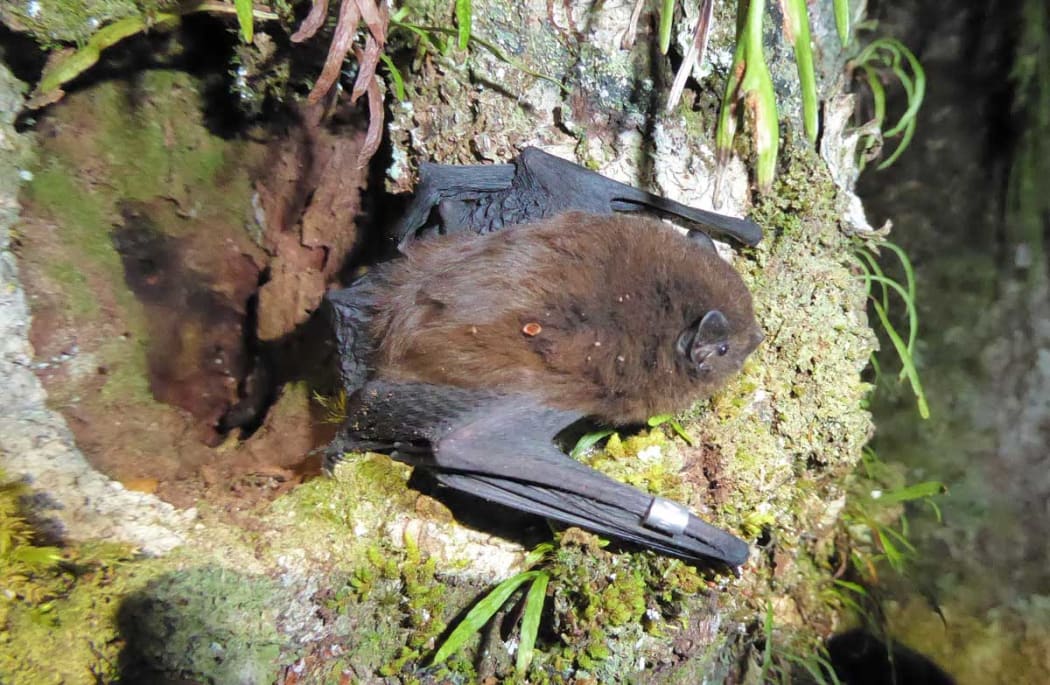Large-scale poisoning of rats and stoats is essential for the survival for the critically endangered New Zealand long-tailed bat, research has found.

The long-tailed bat is considered endangered. Photo: DOC / Colin O'Donnell
The Department of Conservation study, which has just been published in Biological Conservation Journal, found poison distributed through bait stations was the most effective way of controlling these predators, which have driven native bat populations to the brink of extinction.
Effective predator control was "essential" for recovering long-tailed bat populations, according to researchers.
Study lead author Colin O'Donnell said one of the colonies of long-tailed bats in the study initially had fewer than 30 breeding females.
"But after the predatory control measures those numbers grew to over 100," he said.
Researchers noted that bait station networks would be too expensive to implement on the large scale needed to save the long-tailed bats and other species, which were spread over very large territorities.
Future studies should focus on developing more cost-effective predator control methods that could be used over wide areas, they said.
Climate change and warming temperatures would lead to population explosions among rats and stoats, which meant more frequent predator control was going to be necessary in future, they warned.






